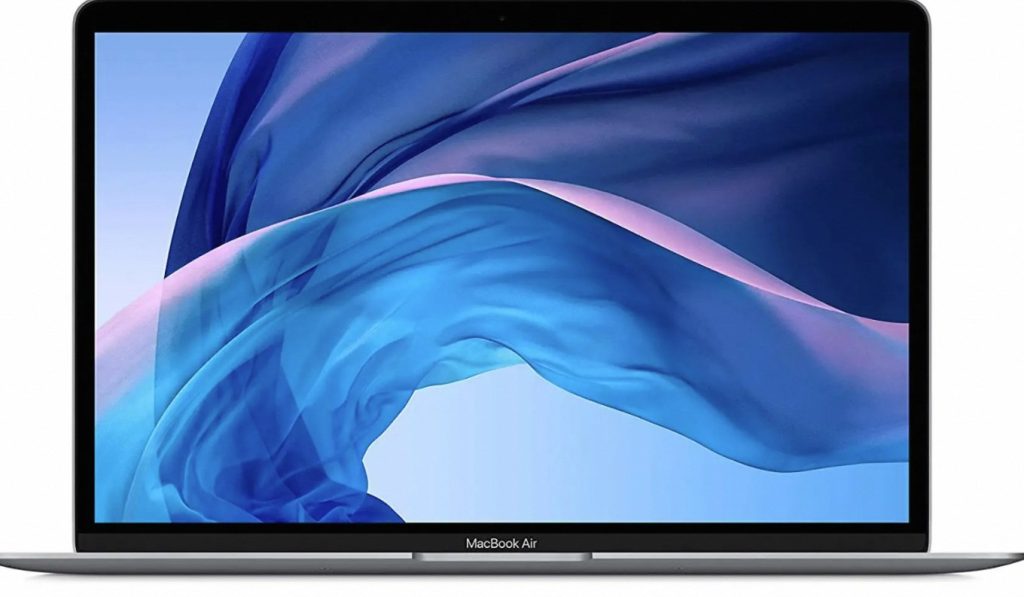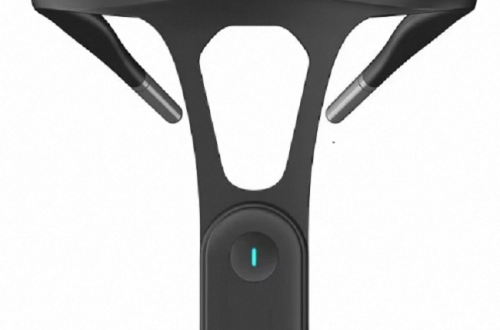Introduction
Factory resetting your MacBook Air can be a valuable solution for various reasons. Whether you’re planning to sell your device, encounter persistent software issues, or simply want to start fresh, a factory reset can restore your MacBook Air to its original settings. In this article, we will explore the process of factory resetting your MacBook Air, discussing the benefits, precautions, and steps involved.

1. Understanding Factory Resetting
1.1 What is a Factory Reset?
Factory resetting your MacBook Air is a powerful tool that allows you to start with a clean slate. It erases all data, settings, and applications on your device, reverting it back to its original state when you first bought it. This process, commonly referred to as a factory reset, ensures that every trace of your personal information is removed from the internal drive.
By wiping your MacBook Air clean, you can eliminate any potential software issues or conflicts that may have accumulated over time. It also gives you the opportunity to reclaim valuable storage space and optimize your device’s performance.
Whether you’re planning to sell or donate your MacBook Air, troubleshooting persistent software problems, or simply wanting a fresh start, a factory reset is the ideal solution. It provides a clean and secure environment for the next user or allows you to begin anew with a pristine MacBook Air, free from any clutter or personal data.
1.2 Benefits of Factory Resetting
Factory resetting your MacBook Air offers several advantages. It can help troubleshoot persistent software issues, remove unwanted clutter and malware, improve performance, and ensure your personal data is completely erased before selling or donating your device.

1.3 Precautions Before Resetting
Before proceeding with a factory reset, it is essential to back up your important files, documents, and media to an external storage device or cloud service. Additionally, make a note of any applications, licenses, or activation keys you may need to reinstall after the reset.
2. Factory Resetting Process
2.1 Step-by-Step Guide for Factory Resetting
To factory reset your MacBook Air, start by shutting it down. Press and hold the Command + R keys while pressing the power button to boot into Recovery Mode. From the macOS Utilities window, select Disk Utility and erase the internal drive. Next, choose the option to reinstall macOS, follow the prompts, and wait for the process to complete.
2.2 Internet Connection for Factory Reset
When performing a factory reset on your MacBook Air, it’s essential to have a stable and reliable internet connection. This connection is necessary because the reset process requires downloading and reinstalling the macOS operating system.
Having a fast and uninterrupted internet connection ensures a smooth and efficient reset procedure. It allows your MacBook Air to access the necessary files and resources from Apple’s servers to reinstall the macOS.

Before initiating the reset, check your internet connection to make sure it meets the requirements. Ensure that you have a strong Wi-Fi signal or a wired Ethernet connection for a stable and reliable data transfer.
If your internet connection is slow or unreliable, it may result in interruptions or errors during the reset process. This can lead to incomplete installations or issues with your MacBook Air‘s functionality after the reset.
By ensuring a stable and reliable internet connection, you can proceed with confidence, knowing that the factory reset will be carried out successfully, and your MacBook Air will be restored to its original state with a fresh installation of macOS.
2.3 Time and Preparation
Factory resetting your MacBook Air is a time-consuming process, so allocate sufficient time for the reset and subsequent reinstallation of macOS and applications. It’s best to perform the reset when you have ample time and won’t be interrupted.
3. Post-Reset Considerations
3.1 Restoring Data from Backup
Once you have finished the factory reset on your MacBook Air, the next step is to restore your data from the backup you previously created. This backup ensures that you don’t lose any important files or documents during the reset process.

To restore your data, start by connecting your external storage device, such as a USB drive or external hard drive, to your MacBook Air. Alternatively, if you backed up your files to a cloud service like iCloud, Dropbox, or Google Drive, sign in to your account and access your stored data.
Next, select the necessary files and folders that you wish to restore. You can either copy them directly from your external storage device to your MacBook Air’s internal drive or download them from the cloud service onto your device.
Take your time to carefully transfer the files, ensuring that you place them in the appropriate locations on your MacBook Air. This way, you can regain access to all your important documents, photos, videos, and other data that you had backed up.
By restoring your data after the factory reset, you can seamlessly resume your work, personal projects, and entertainment without missing a beat. Your MacBook Air will feel familiar, but with a fresh installation of the operating system and a clean slate for you to start anew.
3.2 Reinstalling Applications and Licenses
Reinstall any applications you require, ensuring you have the necessary licenses, activation keys, or login credentials. Retrieve the applications from their official websites or utilize the App Store if they were previously downloaded from there.
3.3 Enhancing Security
As part of the post-reset considerations, take the opportunity to enhance the security of your MacBook Air. Set up a strong password, enable two-factor authentication, and consider installing reputable antivirus software to protect your device from potential threats.

4. Alternative Reset Options
4.1 Refreshing macOS without a Full Reset
If you want to refresh your MacBook Air without performing a complete factory reset, you can consider other options. For instance, reinstalling macOS without erasing your personal files, resetting specific system settings, or creating a new user account can help resolve certain issues without the need for a full reset.
4.2 Seeking Professional Assistance
If you are uncertain about performing a factory reset yourself or encounter difficulties during the process, it’s advisable to seek professional assistance. Authorized service centers or Apple Support can provide guidance and perform the reset for you, ensuring a smooth and hassle-free experience.
Conclusion
Factory resetting your MacBook Air can be an effective solution for various situations, including troubleshooting software issues, selling or donating your device, or starting fresh. By understanding the process, taking necessary precautions, and following the steps carefully, you can seamlessly reset your MacBook Air and enjoy the benefits of a fresh start. Remember to back up your important data and consider post-reset considerations to restore your files, reinstall applications, and enhance the security of your device. With the option of alternative reset options or seeking professional assistance, you have the flexibility to choose the most suitable approach for your needs.


